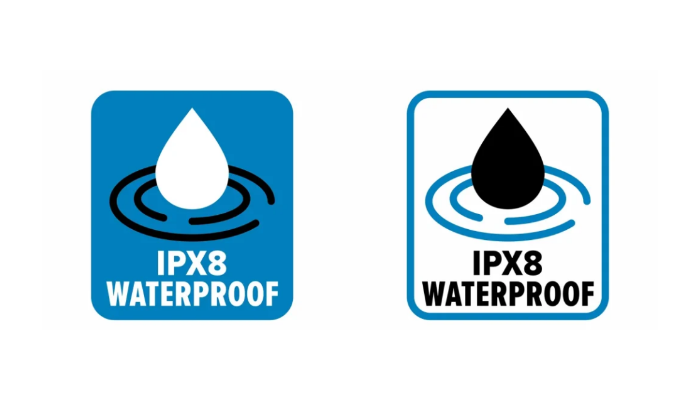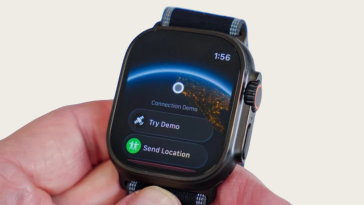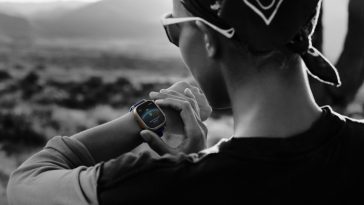When shopping for headphones, especially for sports or swimming, you’ll often see terms like IPX8 and IP68 in product descriptions. But what do these ratings actually mean, and how do they impact your real-world usage? Let’s break down the definitions, practical differences, and which rating suits your needs best.
What Do IP Ratings Mean?
IP stands for Ingress Protection, a standard set by the International Electrotechnical Commission (IEC) to classify the level of protection a device has against solids (like dust) and liquids (like water). An IP rating typically consists of two digits:
- First digit: Protection against solids (0–6)
- Second digit: Protection against liquids (0–8, sometimes 9)
If a digit is replaced by “X”, it means that aspect hasn’t been tested.
IPX8: Specialized Water Resistance
- Meaning: The “X” means no rating for dust protection; “8” means the device can withstand continuous immersion in water, usually deeper than 1 meter, for a manufacturer-specified time.
- Typical Use: Products like swimming headphones, underwater cameras, or devices designed for prolonged water exposure.
- Limitation: No guarantee of dust resistance—only water protection is tested and certified12.
IP68: Comprehensive Dust and Water Protection
- Meaning: “6” indicates the highest level of dust protection (completely dust-tight); “8” means the device can be submerged in water beyond 1 meter, again for a manufacturer-specified depth and time.
- Typical Use: Smartphones, smartwatches, fitness trackers, and high-end wireless earbuds that need to survive both dusty and wet environments.
- Advantage: Offers both dust and water resistance, making it suitable for outdoor, rugged, and aquatic use13.
Side-by-Side Comparison
| Feature | IPX8 | IP68 |
|---|---|---|
| Dust Protection | Not tested/specified | Fully dust-tight |
| Water Protection | Immersion >1m (duration varies by manufacturer) | Immersion >1m (duration varies by manufacturer) |
| Typical Use | Swimming headphones, underwater devices | Outdoor electronics, rugged headphones, smartphones |
| Certification | Only water resistance | Both dust and water resistance |
Real-World Application Scenarios
When to Choose IPX8 Headphones
- Swimming: Designed for use in pools or open water, where dust isn’t a concern.
- Shower/Water Sports: Ideal if you need headphones that can handle continuous submersion.
- Limitation: Not suitable for dusty environments or sandy beaches, as dust ingress isn’t tested1.
When to Choose IP68 Headphones
- Outdoor Activities: Perfect for hiking, running, or cycling in dusty, rainy, or muddy conditions.
- Everyday Use: Great for people who want peace of mind against both water and dust.
- Swimming: Still suitable for swimming, but always check the manufacturer’s specified depth and duration34.
Key Takeaways
- IPX8 is specialized for water resistance only—ideal for swimmers, but not guaranteed against dust.
- IP68 provides all-around protection—best for those who need both dust and water resistance in various environments.
- Always check manufacturer details: The depth and duration for water resistance can vary, even within the same rating.
Summary
Choose IPX8 headphones if your primary concern is swimming or underwater use. Opt for IP68 if you want the most comprehensive protection for both dust and water, suitable for a wider range of environments and activities.





 No products in the cart.
No products in the cart.